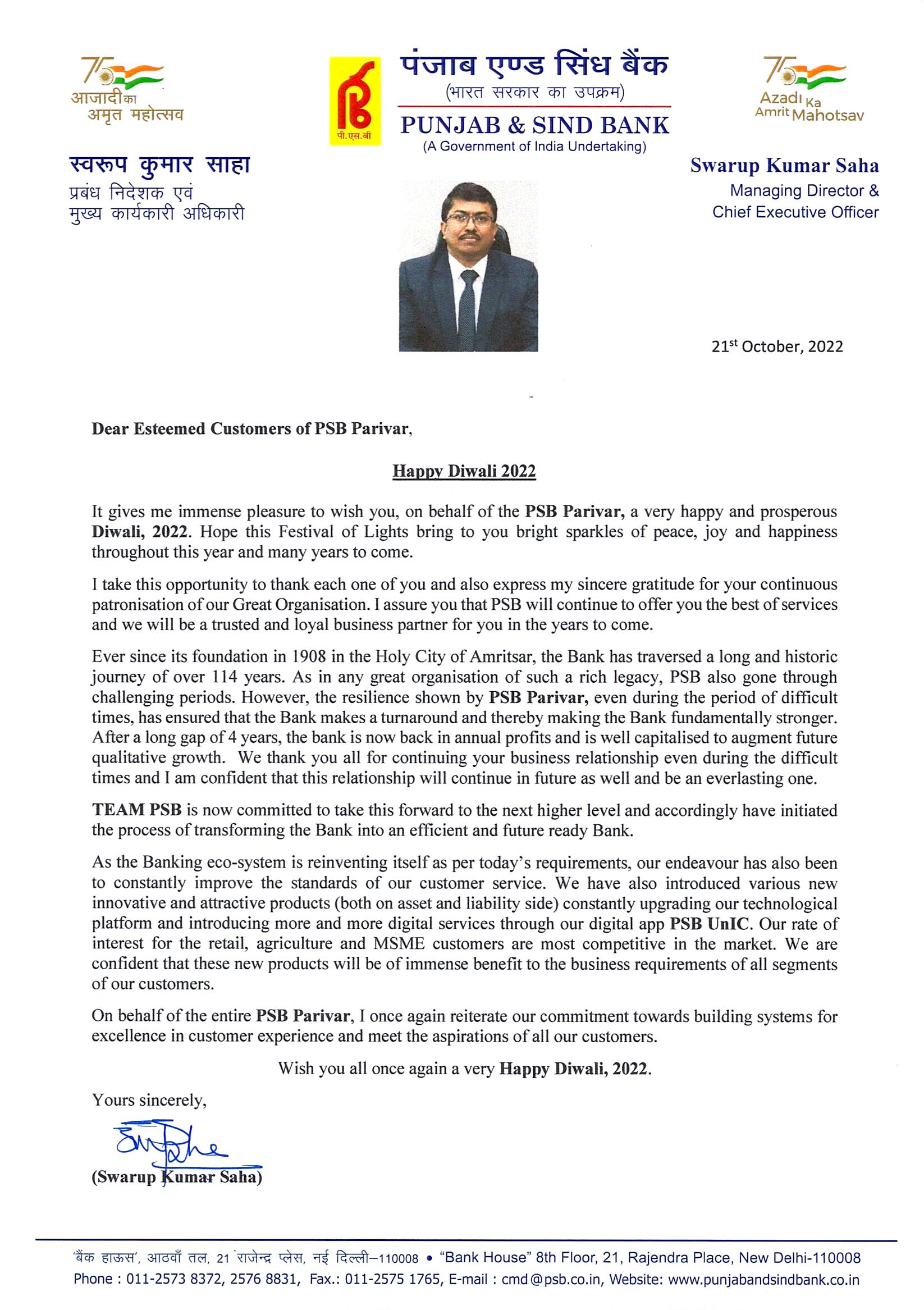The acronym "RTGS" stands for Real Time Gross Settlement. RTGS system is a funds transfer mechanism where transfer of money takes place from one bank to another on a "real time" and on "gross" basis. This is the fastest possible money transfer system through the banking channel. Settlement in "real time" means payment transaction is not subjected to any waiting period. The transactions are settled as soon as they are processed. "Gross settlement" means the transaction is settled on one to one basis without bunching with any other transaction. Considering that money transfer takes place in the books of the Reserve Bank of India, the payment is taken as final and irrevocable.
NEFT is an electronic fund transfer system that operates on a Deferred Net Settlement (DNS) basis which settles transactions in batches. In DNS, the settlement takes place with all transactions received till the particular cut-off time. These transactions are netted (payable and receivables) in NEFT whereas in RTGS the transactions are settled individually. NEFT system operates and settlement occurs in 48 half hourly batches. Any transaction initiated after a designated settlement time would have to wait till the next designated settlement time Contrary to this, in the RTGS transactions are processed continuously throughout the RTGS business hours..
The RTGS system is primarily meant for large value transactions. The minimum amount to be remitted through RTGS is Rs 2 lakh. There is no upper ceiling for RTGS transactions
Under normal circumstances the beneficiary branches are expected to receive the funds in real time as soon as funds are transferred by the remitting bank. The beneficiary bank has to credit the beneficiary's account within 30 minutes of receiving the funds transfer message
The remitting bank receives a message from the Reserve Bank that money has been credited to the receiving bank. Based on this the remitting bank can advise the remitting customer through SMS that money has been credited to the receiving bank.
Funds, received by a RTGS member for the credit to a beneficiary customer’s account, will be returned to the originating RTGS member within one hour of the receipt of the payment at the PI of the recipient bank or before the end of the RTGS Business day, whichever is earlier, if it is not possible to credit the funds to the beneficiary customer’s account for any reason e.g. account does not exist, account frozen, etc. Once the money is received back by the remitting bank, the original debit entry in the customer's account is reversed.
The RTGS service window for customer's transactions is available to customer 24/7
Service Charges for RTGS transactions : Click here
Ans The remitting customer has to furnish the following information to a bank for effecting a RTGS remittance:
- Amount to be remitted
- His account number which is to be debited
- Name of the beneficiary bank
- Name of the beneficiary customer
- Account number of the beneficiary customer
- Sender to receiver information, if any
- The IFSC code of the receiving branch
The beneficiary customer can obtain the IFSC code from his bank branch. The IFSC code is also available on the cheque leaf. The list of IFSCs is also available on the RBI website (http://rbidocs.rbi.org.in/rdocs/RTGS/DOCs/RTGEB0815.xlsx). This code number and bank branch details can be communicated by the beneficiary to the remitting customer.
No. All the bank branches in India are not RTGS enabled. Presently, there are more than 100,000 RTGS enabled bank branches. The list of such branches is available on RBI website at: http://rbidocs.rbi.org.in/rdocs/RTGS/DOCs/RTGEB0815.xlsx
It would depend on the arrangement between the remitting customer and the remitting bank. Some banks with internet banking facility provide this service. Once the funds are credited to the account of the beneficiary bank, the remitting customer gets a confirmation from his bank either by an e-mail or SMS. Customer may also contact RTGS / NEFT Customer Facilitation Centres of the banks, for tracking a transaction.
Contact your branch / bank
The Chief Manager,
Punjab & Sind Bank
RTGS/NEFT Cell
II nd Floor , HO IT Department , Rajendra Place
New Delhi-110008
Ph: 011-25860657/25826216
or send an e-mail. : rtgs[@]psb.co.in






